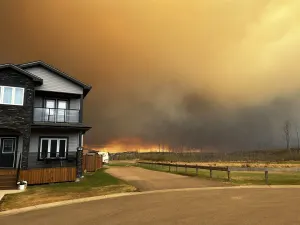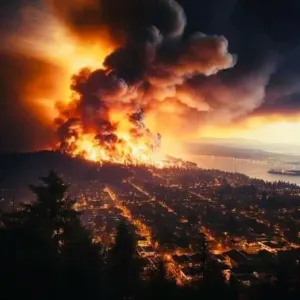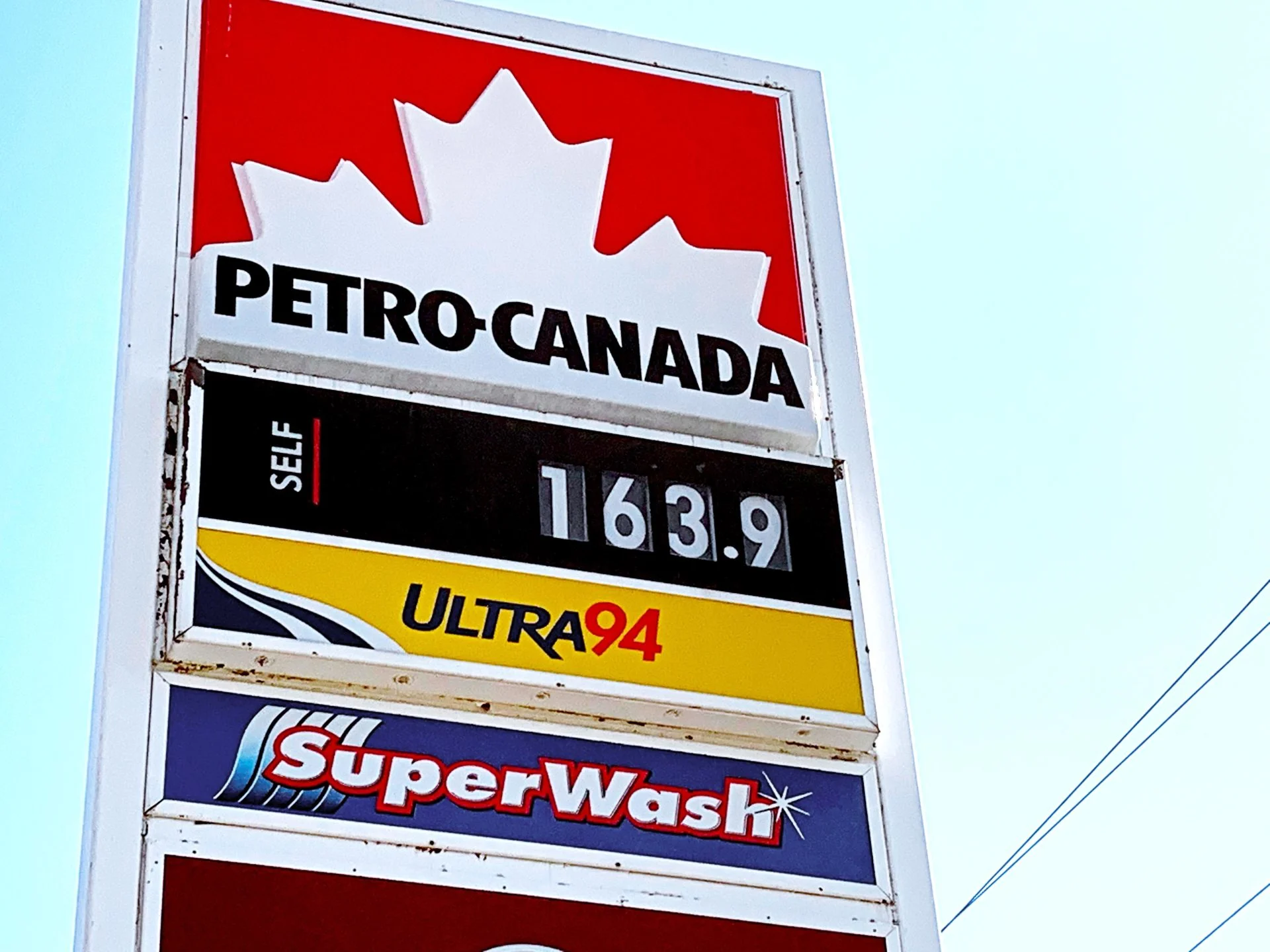
How long will gas prices remain high? Here's what the experts say
Prices have plateaued but could rise again and stay very high through the summer.
For two weeks record-setting gas prices have been hitting pocketbooks especially hard. Prices at the pumps across the country this week varied from $1.70/L in Toronto to $1.80/L in Yellowknife, $1.90/L in St. John’s, and almost two dollars per litre in Vancouver.
These prices in fact represent a decrease, as the cost of oil per barrel on the international market has dropped sharply this week. Earlier this month crude oil was trading at $130.50 per barrel, the highest price oil has seen since the Great Recession of 2008.
It has since settled back to a price of about $100 per barrel. This drop will be felt by consumers in the form of some easing of prices at the pumps, but that may not last.
How did we get here?
To understand better the situation we are in, it helps to consider how we got here. As has been widely discussed, the war in Ukraine — and the consequent ban on Russian oil by the U.S. government — is a major factor.
Russia is the world’s third largest exporter of oil and the U.S. ban effectively creates a scarcity of supply that raises prices.
But there was already a pressure on the supply of oil before the war. “Even before the war in Ukraine, we were seeing high pump prices,” Ian Jack, a spokesperson for Canadian Automotive Association (CAA), told The Weather Network (TWN).
“Whenever there are big world events that set off instability, this is the result, and all the COVID-related supply chain issues that followed were the major impetus for that first run up.”
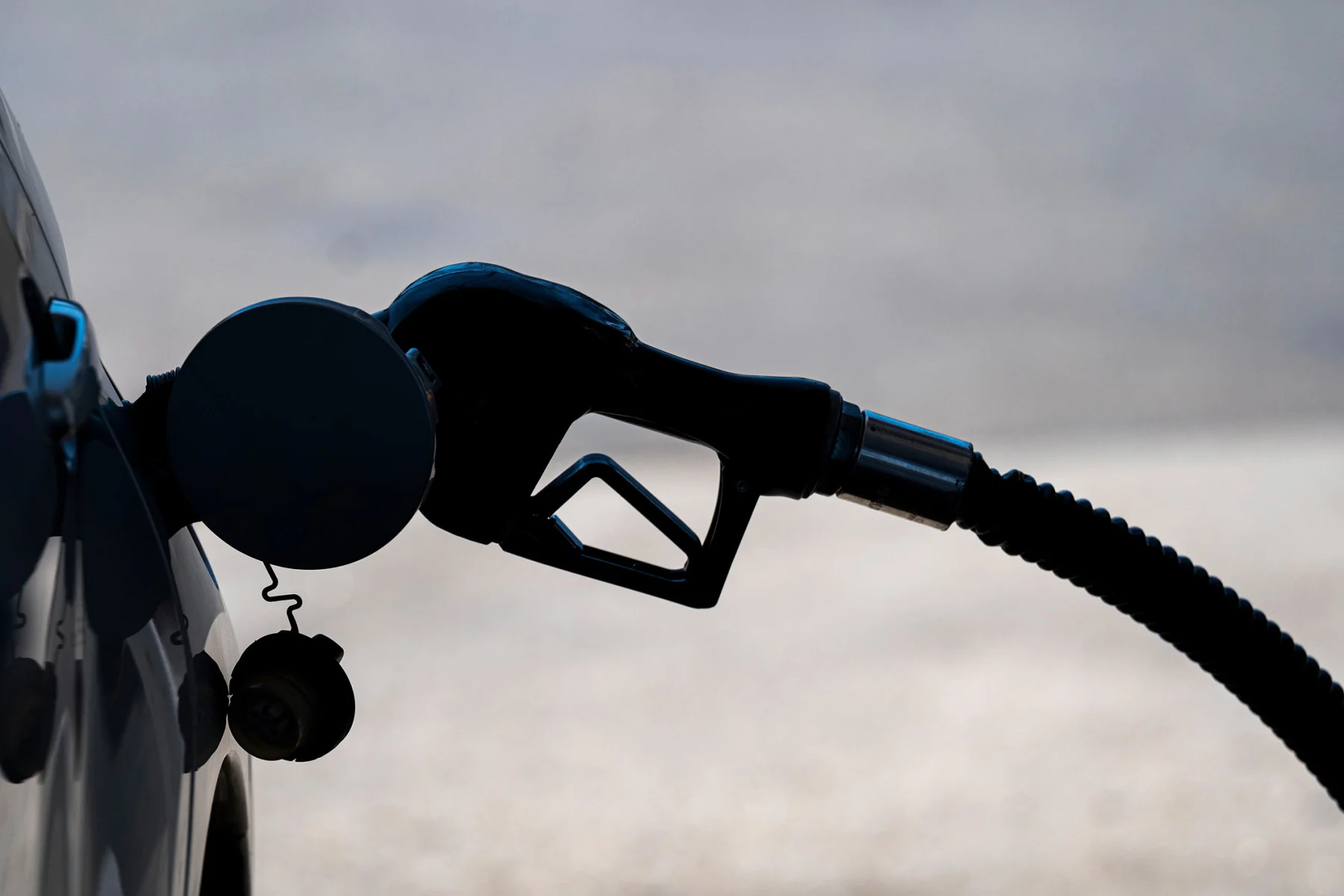
Some provinces in Canada, such as Alberta, are reducing gas taxes to bring some relief to consumers. (Bloomberg Creative/ Getty Images)
Carol Montreuil, a vice president with the Canadian Fuels Association (CFA), agreed. “Crude oil and gasoline are globally traded commodities and global energy markets are highly interconnected, with Russia being a major producer of oil and natural gas,” Montreuil told TWN.
“Countries banning Russian crude imports have affected available supply, and driven up prices at a time when global demand is still recovering from impacts of the pandemic,” Montreuil added.
RELATED: How much money do you actually get back from the carbon tax?
After the first year of the pandemic, when oil prices were bottoming out, OPEC Plus countries (the Middle East oil producers and Russia), cut production to stabilize the price of oil.
Since then, supply has not been able to keep up with demand, especially over the last few months, as the easing of pandemic restrictions led to an increase in economic activity and a consequent demand for energy.
According to Neven Valev, an energy analyst who runs GlobalPetrolPrices.com, “the war turbocharged that trend.”
And because the oil market is globally interconnected, no country is immune to these swings in prices.
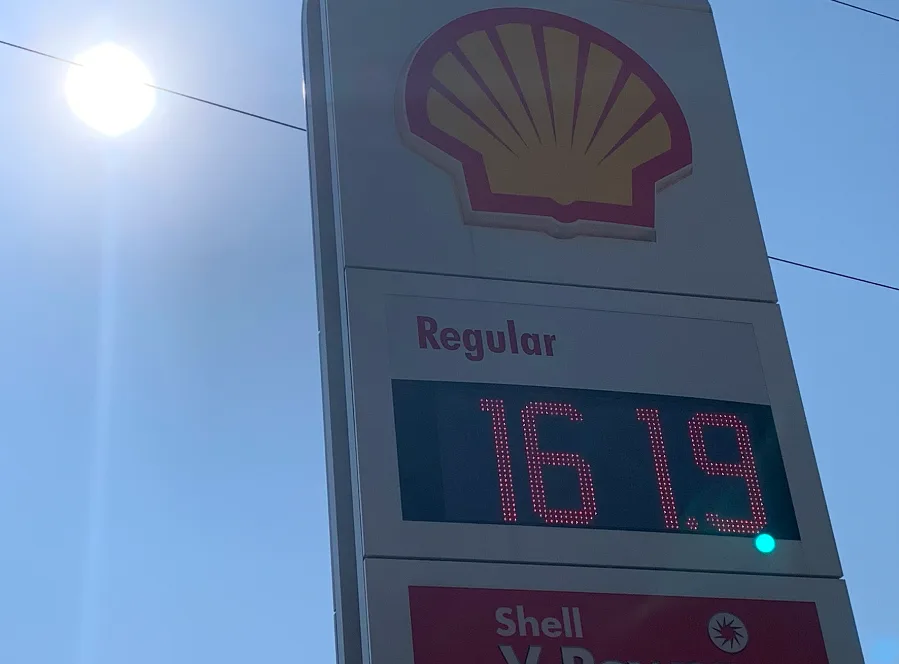
The price of gas at one gas station in Toronto on March 17, 2022. (Isabella O'Malley)
Canada, for example, is the world’s sixth biggest oil exporter and produces plenty of oil to meet its domestic needs. But because of lack of access in certain regions, and for other economic reasons, Canada imports some of its oil from the U.S., Saudi Arabia, Norway, and Nigeria, among others.
(The Canadian Government also made the symbolic gesture of banning imports of Russian oil, but Canada has not imported oil from Russia since 2019.)
What comes next?
The good news is that this latest spike in prices has plateaued, but many analysts agree that relatively high oil prices are here to stay for some time, perhaps even all year, and there will likely be another spike during the summer travel season.
And if other nations join the U.S. in banning Russian oil, prices could climb higher than $200 per barrel. The International Energy Agency (IEA) predicted in their monthly oil report this week that the global oil market could lose as much as three million barrels per day (bpd), a drastic hit to supply.
“Unfortunately, as we can all read in the news, the situation overseas doesn’t look like it’s getting any better any time soon,” Jack stated. “So these prices, or even higher ones, may be around for a while until things settle down.”
The concern is that oil prices are closely tied to the inflation the economy is currently experiencing, with energy prices affecting other commodities like food and travel prices.
According to the IEA report, “Surging oil and commodity prices, if sustained, will have a marked impact on inflation and economic growth.”
What’s to be done?
Despite this, there is not much governments can do to manage the price of oil. Certain regions have chosen to reduce gas taxes, as in Alberta, where consumers will see relief of 13 cents/L starting April 1st.
“Some countries lower taxes but that puts pressure on government budgets,” Valev said. “So people ride it out by reducing driving and shifting expenditures away from some discretionary spending such as going out and travelling.”
But Valev is more hopeful that prices will fall sooner and faster than most expect, and there may be reason to believe that further relief is coming.
The U.S. Energy Information Association (EIA) reported an increase in crude oil inventories of 4.3 million barrels, which will ease the supply crunch and have a trickle-down effect on Canadian consumers, as the U.S. accounts for more than 70 per cent of Canadian imports.
What’s more, the recent spate of new restrictions in China, where the zero-COVID policy has led to lockdowns for millions in the city of Shenzhen, should result in a decrease in demand for oil.
“I doubt [prices] will continue to rise much further and longer,” Valev said. “The incentive to pump more oil by oil producing countries is high when oil prices are so high. Therefore they increase supply and prices decline.”
“This too shall pass,” he added.
Thumbnail credit: Isabella O'Malley







